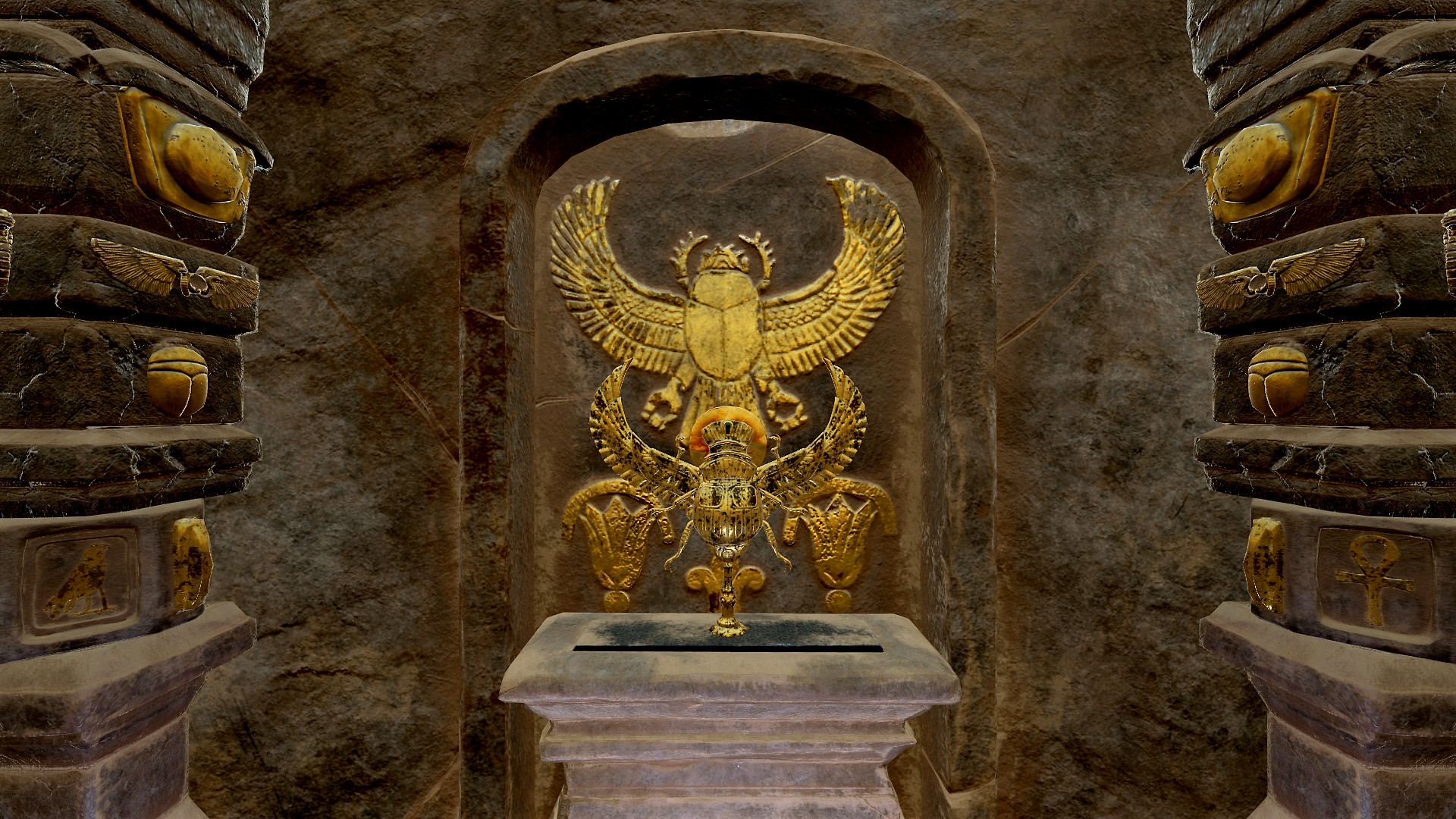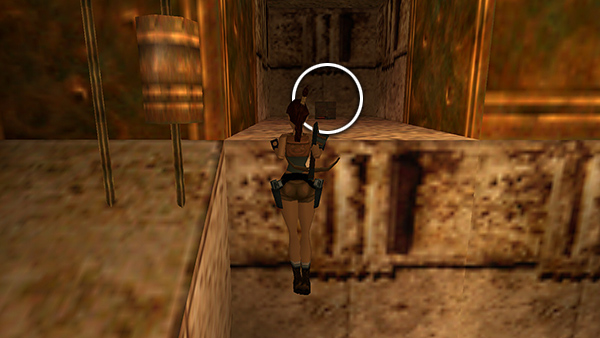

Bacopa monnieri and Bacoside-A for ameliorating epilepsy associated behavioral deficits February 6, 2022.
 Letter terminating public defender February 7, 2022. Fundraising Campaign for Robert Eben Johnson Jr February 7, 2022. Arkansas Connections – A Bill Clinton Timeline March 24, 2022. CIA, MIND CONTROL and Your Children March 24, 2022. Ernest Krebs, the Hunza peoples, and the powerful cancer-fighting properties of Apricot kernels June 25, 2022 Joachim in the Wilderness - the origin of the Theotokos tradition in Catholicism June 27, 2022. Join 96 other followers Recent posts on Medicine Tribe Jesus himself, taught some Gnostics, had prefigured this mystic relationship: His most beloved disciple had been a woman, Mary Magdalene, his consort.” Elaine Pagels Elaine Pagels has argued that Christian Gnostic women enjoyed a far greater degree of social and ecclesiastical equality than their orthodox sisters. Gnostics honored the feminine nature and, in reflection, Prof. Several trends within Gnosticism saw in God a union of two disparate natures, a union well imaged with sexual symbolism. `From Thee, Father, and through Thee, Mother, the two immortal names, Parents of the divine being, and thou, dweller in heaven, humanity, of the mighty name…’ Members of this group prayed to both the divine Father and Mother: “ One group of gnostic sources claims to have received a secret tradition from Jesus through James and through Mary Magdalene. The rest of the disciples were offended…They said to him, “Why do you love her more than all of us? the Savior answered and said to them, “Why do I not love you as I love her?” ( Gospel of Philip, 63.32-64.5) But Christ loved her more than all the disciples, and used to kiss her often on her mouth. “ …the companion of the Savior is Mary Magdalene. The Nag Hammadi Library by James Robinson Ossuary 80/505: “Maria” – a Latinized version of the Hebrew “Miriam.” Ossuary 80/504: “Yose” or “Yosa” – a nickname for “Joseph”
Letter terminating public defender February 7, 2022. Fundraising Campaign for Robert Eben Johnson Jr February 7, 2022. Arkansas Connections – A Bill Clinton Timeline March 24, 2022. CIA, MIND CONTROL and Your Children March 24, 2022. Ernest Krebs, the Hunza peoples, and the powerful cancer-fighting properties of Apricot kernels June 25, 2022 Joachim in the Wilderness - the origin of the Theotokos tradition in Catholicism June 27, 2022. Join 96 other followers Recent posts on Medicine Tribe Jesus himself, taught some Gnostics, had prefigured this mystic relationship: His most beloved disciple had been a woman, Mary Magdalene, his consort.” Elaine Pagels Elaine Pagels has argued that Christian Gnostic women enjoyed a far greater degree of social and ecclesiastical equality than their orthodox sisters. Gnostics honored the feminine nature and, in reflection, Prof. Several trends within Gnosticism saw in God a union of two disparate natures, a union well imaged with sexual symbolism. `From Thee, Father, and through Thee, Mother, the two immortal names, Parents of the divine being, and thou, dweller in heaven, humanity, of the mighty name…’ Members of this group prayed to both the divine Father and Mother: “ One group of gnostic sources claims to have received a secret tradition from Jesus through James and through Mary Magdalene. The rest of the disciples were offended…They said to him, “Why do you love her more than all of us? the Savior answered and said to them, “Why do I not love you as I love her?” ( Gospel of Philip, 63.32-64.5) But Christ loved her more than all the disciples, and used to kiss her often on her mouth. “ …the companion of the Savior is Mary Magdalene. The Nag Hammadi Library by James Robinson Ossuary 80/505: “Maria” – a Latinized version of the Hebrew “Miriam.” Ossuary 80/504: “Yose” or “Yosa” – a nickname for “Joseph” 
Ossuary 80/503 “Yeshua bar Yosef” – “Jesus, Son of Joseph” Ossuary 80/501: Yehuda bar Yeshua” – “Judah, son of Jesus” Ossuary 80/500: Mariamene e Mara” – “Mariamne, also called Master” The names scratched into the sides of those six ossuaries were suggestive: Of the ten ossuaries, inscriptions were recorded as occurring on six, a high ratio considering that only 20% of ossuaries bear such inscriptions. Josef Gat, Amos Kloner, and Shimon Gibson documented the tomb, its layout, features, and contents under the auspices of what is now called the Israel Antiquities Authority. This is because they were found by card-carrying archaeologists in situ-that is, in an undisturbed tomb where they had sat for two thousand uninterrupted years. Nor is there any question as to how they should be read. When it comes to the ossuaries found in the Talpiot Tomb, also called the “Tomb of Ten Ossuaries,” there is absolutely no academic dispute concerning the provenance of any of the inscriptions.







 0 kommentar(er)
0 kommentar(er)
